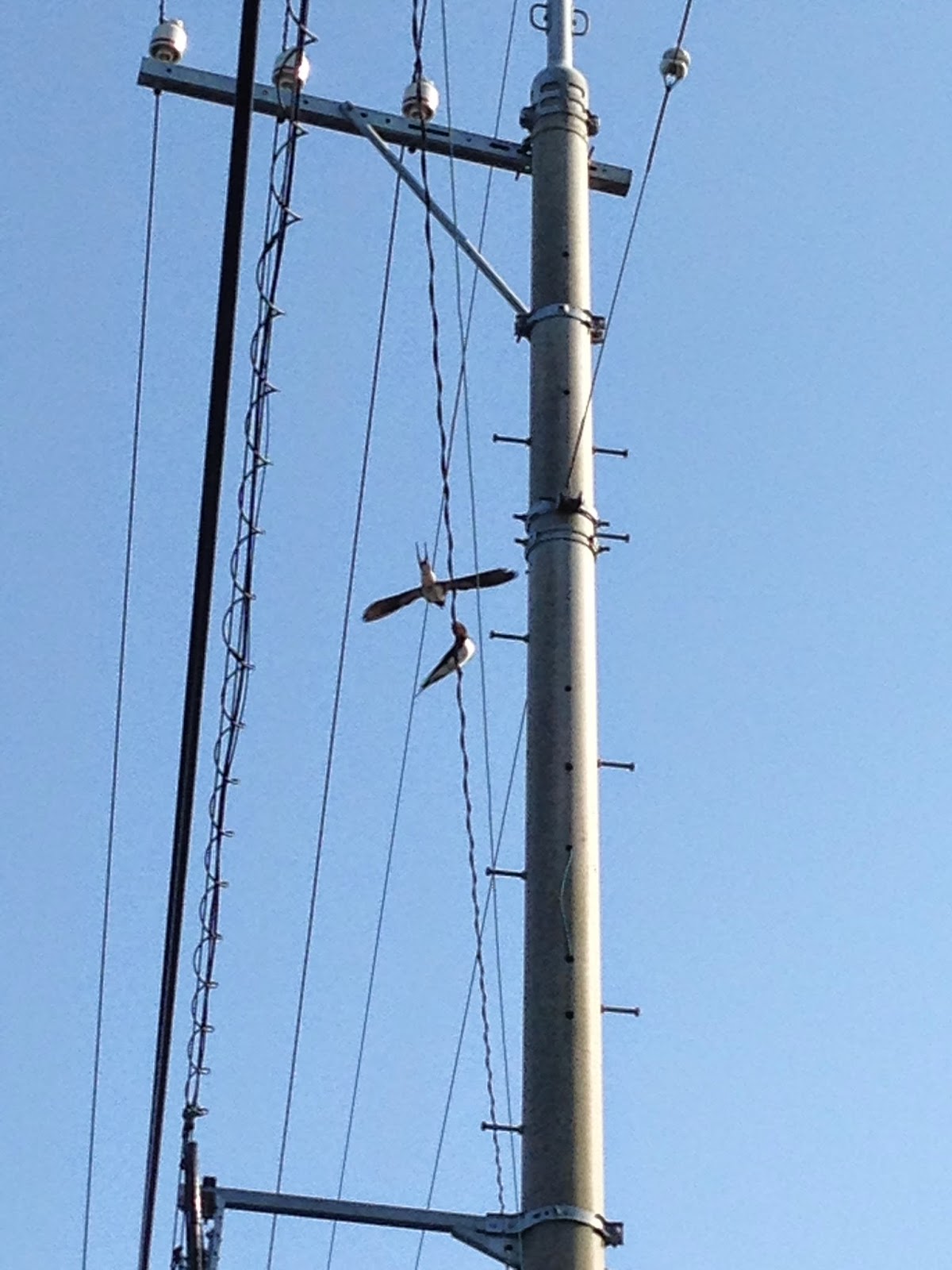Shichijuni-kou (72 Seasons) Calendar Listing
晩春 Banshun: "Late Spring"
Season No. 6: 穀雨, Koku:
"Grain Rain"
Climate No. 17. 霜止出苗
Shimo Yande Nae Izuru:
"The End Of The Frost"
(April 25 -April 29)
The warmth of the sun has reached even the northern climes, reassuring farmers and gardeners everywhere that it's now safe to think about putting those seed starts into the soil. "The end of the frost" refers to the current conditions in the deep folds of Japan's mountain country, which covers three-quarters of the entire archipelago. Even in the farthest reaches of Japan's remotest communities, the land heaves a sigh of relief. Warm days are here to stay.
Though Japan's "hiking season" officially opens in July, this is our favorite time of year to hit the mountain trails weeks before the snakes, hornets and relentless heat become an issue. Whenever there's a break in the rain just long enough for the trails to dry out, you can find us every weekend on some random mountaintop enjoying the country from a different perspective.
There's something lifechanging about conquering a mountain trail by your own physical power. The climb can be gruelling, with slippery mud, loose rocks and missteps that could end in tragedy. But the process of overcoming your own sense of fear and self-doubt can truly be a growing experience. Not to mention the empowering, healing effect it has on a sedentary body!
Here are a couple of my favorite hikes savored during the "end of the frost:"
 |
| Shou-un Waterfall near Buttsuji Temple (Mihara, Hiroshima) |
 |
| Dizzying view of the Seto Ohashi Bridge at dusk from Mt. Washu (Kurashiki, Okayama).
"Fresh spring!
The world is only
Nine days old!
These fields and mountains."
-Matsuo Basho
|
 | |||
| A fiery sunset rewards our descent from Kannonzaki Trail (Okamura Island, Ehime Prefecture) |
 |
| Jo-o Waterfall (Mihara, Hiroshima) |
Critter Of The Season: 山蟹, Yamagani, Mountain Crabs
 |
| A kurobenkeigani (Chiromantes dehaani) hiding from my camera in a ditch in Obama, Fukui. |
I brushed the whole idea off as a flight of fancy until I came across one while plodding around the gardens of Ishiyama Temple in Otsu, Shiga. I looked down into a ditch and noticed this black crab, looking very out of place. Did someone just finish a seafood meal at the temple and chuck this for the koi?
 |
| The remains of an adult sawagani crab (Geothelphusa dehaani, a type of marsh crab that also lives in the mountains of central Japan). |
 |
| A larger sawagani crab (Geothelphusa dehaani), browsing among stones by a stream. |
Apparently, the sawagani crab is water-dependent, never straying too far from its aquatic environment. More often than not, they're seen partially submerged, unable to survive for long without a water source. Though they live in the mountains, they're not the true yamagani of legendary fame.
The average Japanese layman will probably call any mountain-dwelling crab a yamagani, though the term specifically refers to the red-clawed genus of the Sesarmidae family, known as akategani in Japanese (赤手蟹, Chiromantes haematocheir). This particular species of crab is often confused with its cousin, the less colorful and more macho kurobenkeigani (黒弁慶蟹, Chiromantes dehaani). Both of these species are true land crabs, however.
Hundreds of kilometers away from any ocean, these fascinating crustaceans make their homes in holes and crevaces along the banks of quiet mountain streams, scuttling out when the air is warm and humid to feed carefully in the fuzzy green mosses. Especially common in Kansai and the Chugoku regions, they also dwell quite close to humans in drainage ditches, gutters and around seawalls, often living for months without being submerged.
 |
| A true yamagani (Chiromantes haematocheir) in my drainage ditch. Note the bright orange-red claws. |
 |
| A juvenile akategani (Chiromantes haematocheir) giving me a manicure. |
As the summer moves on, they become bolder eventually figure out that traversing smooth, paved highways is much easier than trudging through scrubby brush -hence the occasional, heart-wrenching crunch when one meets a nasty end under rolling tires. Like the kind folk on Christmas Island who protect their Red Crab population at all costs, I made it my own personal mission to keep these endearing critters out of danger as much as possible.
 |
| A pair of kurobenkeigani feeding peacefully in a ditch (Obama, Fukui Prefecture). Note the curled, leaf-like foreclaws. |
(Warning: As fun as it is to catch and handle land crabs, their pincers can draw blood and they often harbor toxic parasites and bacteria. It's best to leave them in peace. If one ever strays into your office and needs relocating, however, it's wise to disinfect before and after handling with an alcohol-based gel or hand spray. And for all that's good and holy, please don't try to eat them raw!)
Copyright 2014 Genkilee, Gen. All rights reserved. No part of this blog (written or photo content) may be reproduced or reprinted without the expressed permission of the author.










































